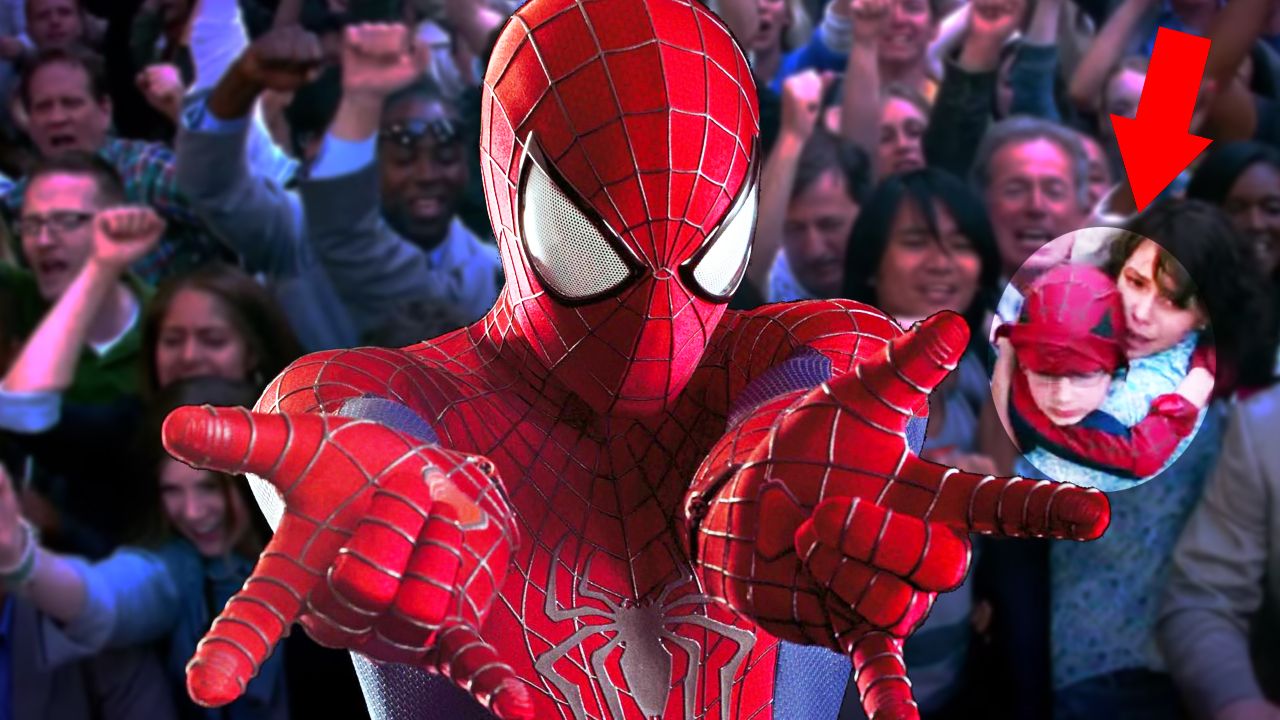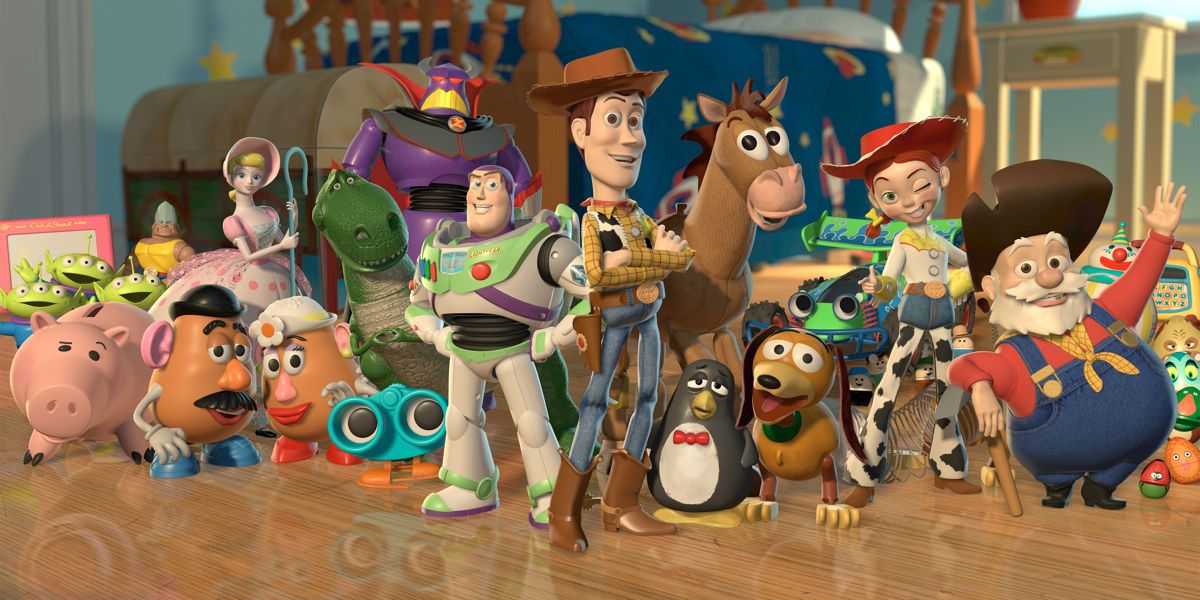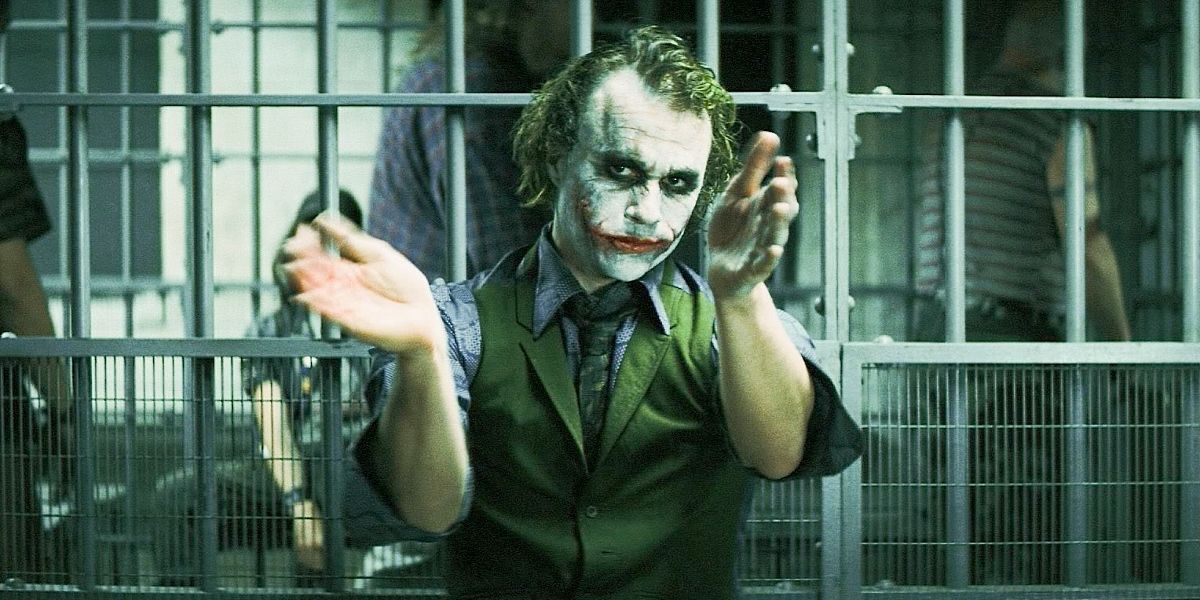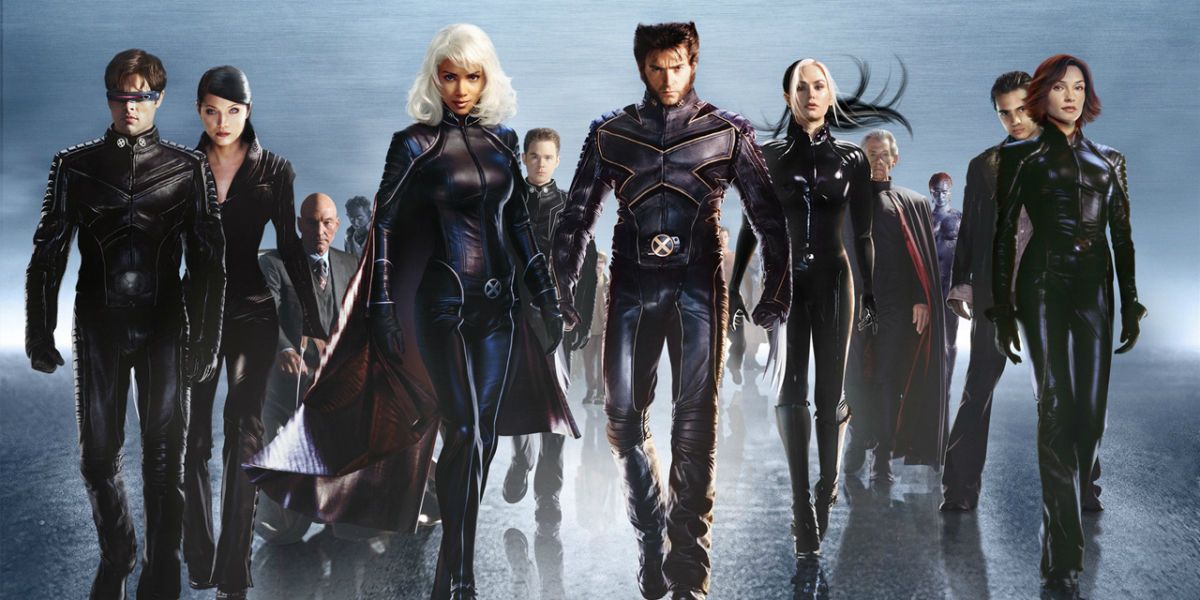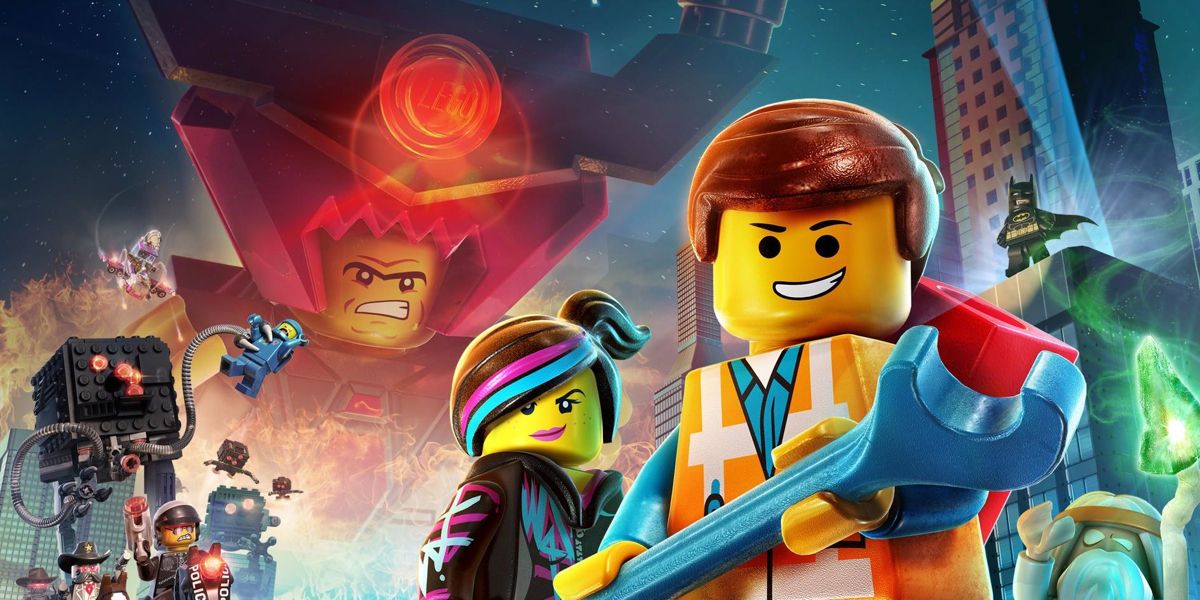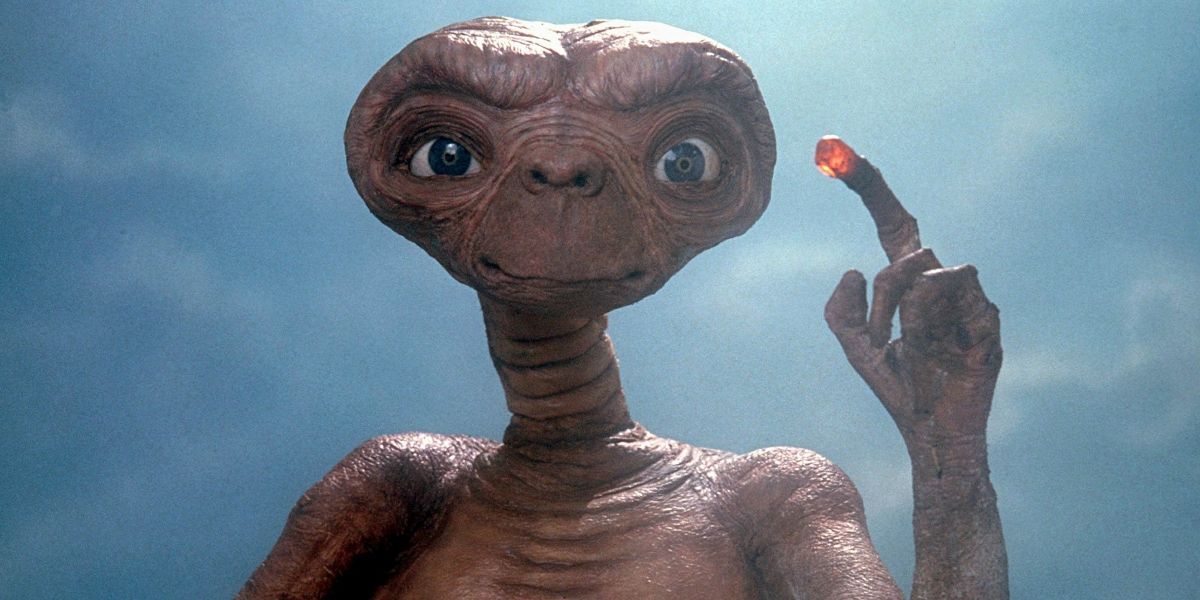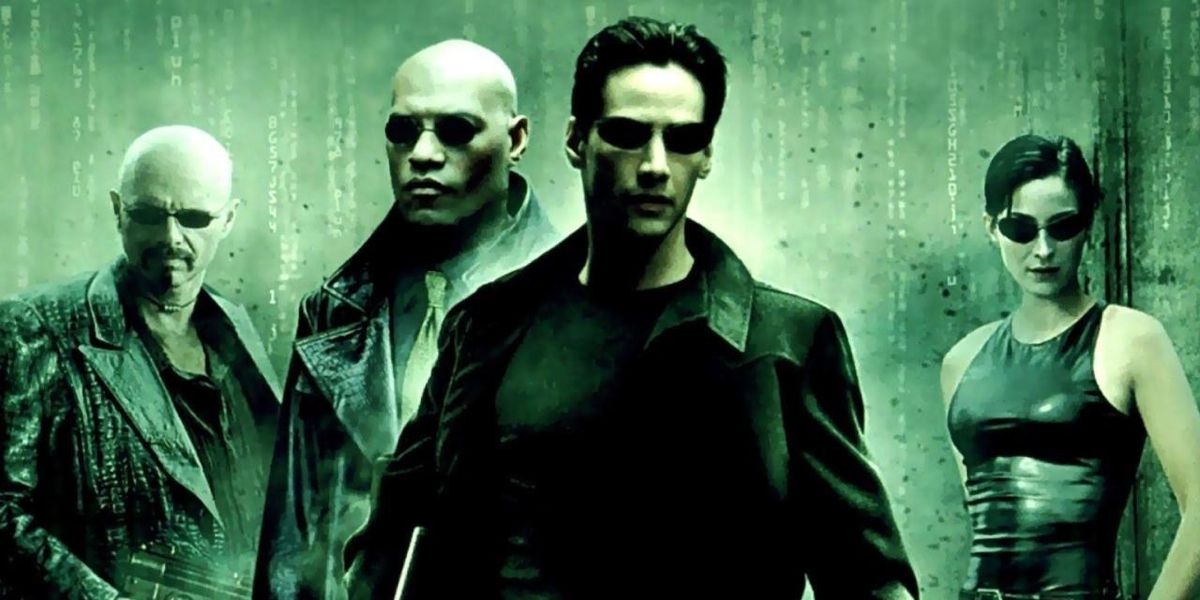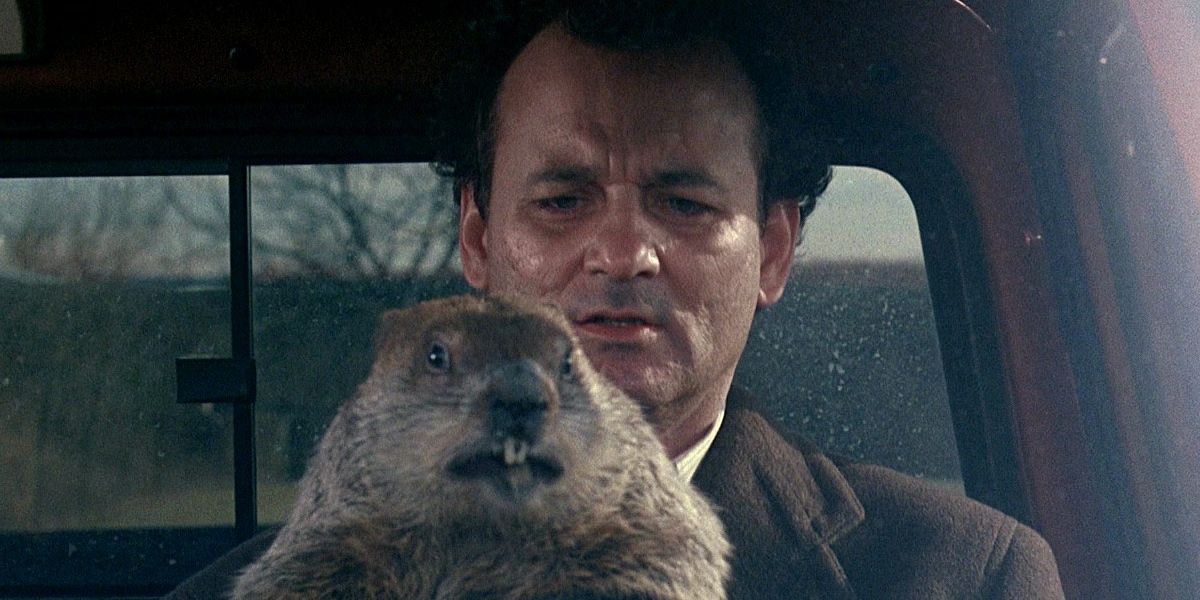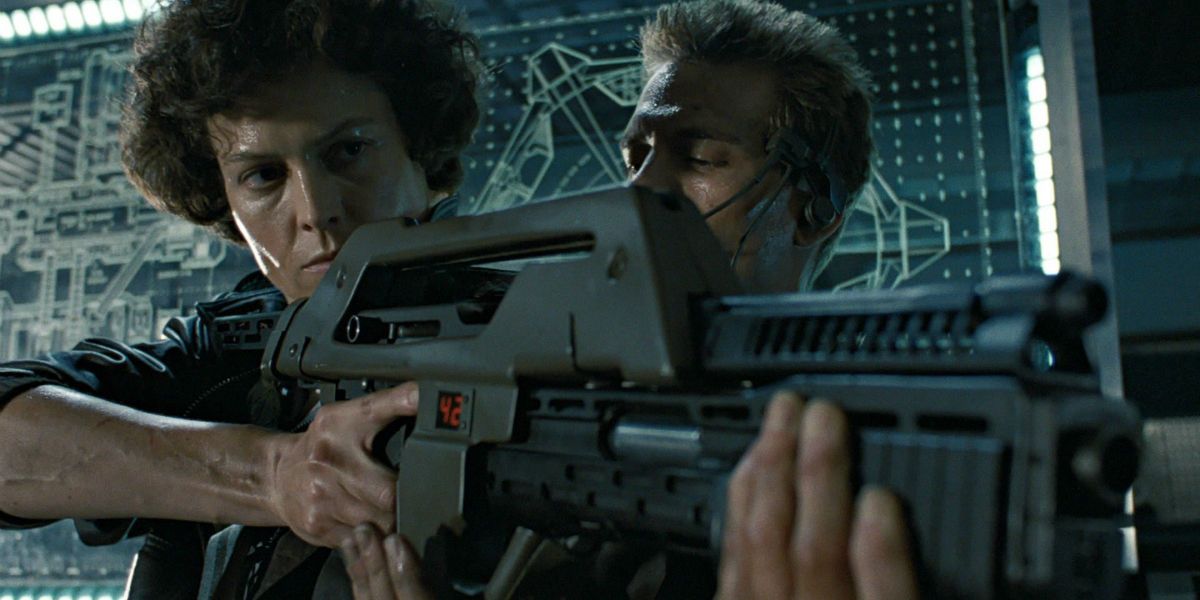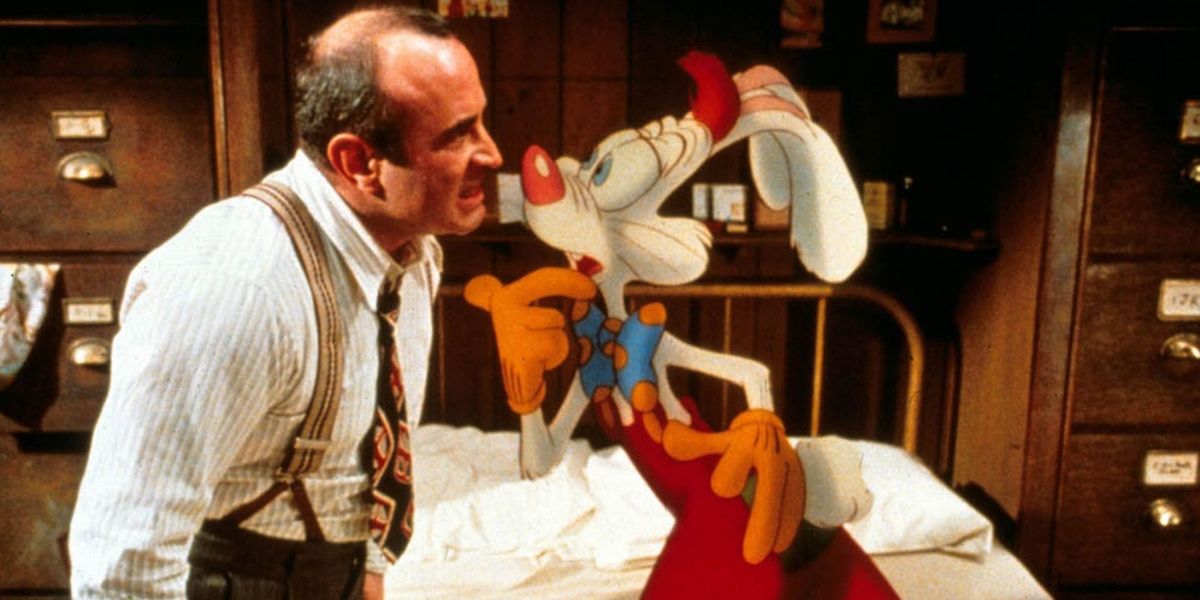A film's plot is typically what makes or breaks it in the eyes of many moviegoers, as viewers should be entertained or captivated by the basic story a director is telling. If the general narrative doesn't work, then there's a good chance the movie won't be successful. But sometimes, even the simplest tale can have layers of intriguing subtext that add layers to the film.
Often times, these instances are fairly obvious to audiences (see: Nightcrawler and the indictment of the "if it bleeds, it leads" news model), but others require a little bit of connecting the dots. And when you realize what was really going on in that film you love, you see it in a whole new light that makes it feel fresh and interesting.
Here are Screen Rant's 10 Secret Meanings of Popular Movies.
Toy Story 3
Pixar's emotional finale to their flagship trilogy is largely a story about growing up and moving on from the warm memories of your childhood as you transition to becoming an adult. Both Woody and Andy are faced to deal with a situation they knew was coming for years and make the decision to let go in a heart-wrenching scene that made even grown-ups cry. However, director Lee Unrich took things down a pretty dark path to get to that point.
A lot of people have pointed out similarities between Toy Story 3 and (perhaps shockingly) the Holocaust. In the analogy, the group of toys represents the Jewish people who were left behind at the start of World War II. Eventually, they end up in the "concentration camp" of Sunnyside Daycare (where toys are separated in the Caterpillar Room and the Butterfly Room). Due to abuse at the hands of the daycare's overlords, the toys find their way to an incinerator (meant to be the ovens at Auschwitz), but are saved before their demise and taken to a place where many of their kind live harmoniously (Israel/Bonnie's house). It's a bit twisted for family programming, but the parallels are there.
The Dark Knight
When faced by his greatest threat, the Joker, Batman sees what kind of man he must become to stop the Clown Prince of Crime. The film's climax is fueled by Bruce Wayne finding a way to monitor every cell phone in Gotham and using the phones as a SONAR device to find the Joker's location. As Lucius Fox fervently disagrees with the morality of Batman's methods, several audience members were drawing comparisons between Gotham's favorite son and the U.S. President.
It's been pointed out that there are a few similarities between Wayne's approach to dealing with a terrorist outbreak and those of former president George W. Bush. Following the September 11 attacks, there was the controversial passing of the Patriot Act, which allowed the U.S. government to search a person's home, business and records without consent to combat terrorism. This obviously sparked a national debate about the Constitutionality of the new law, as it seemed to give the government the power to investigate anybody they believed was in the wrong, regardless of the evidence on hand. While the intention of the Patriot Act was clear (protect U.S. soil from another deadly terrorist attack), much like Wayne, Bush chose a morally ambiguous way of doing so.
X-Men
The parallels between the X-Men films and civil rights issues are pretty easy to spot. Professor X is essentially Martin Luther King, Jr. to Magneto's Malcolm X. But there's one angle to this viewers may have not considered. As mutant kind fights for acceptance in society, their actions actually relate pretty strongly to the gay rights movement that gained a lot of traction throughout the 21st century.
There's a scene in X2 that states this point rather explicitly when Bobby Drake "comes out" and confesses his true nature to his family, who immediately rejects him. The cure subplot of X-Men: The Last Stand also draws from this, since it's reminiscent of the hormonal therapy drugs doctors would prescribe to try to "fix" homosexuals and their nature. This element of the films arguably makes them stronger, since it grounds the characters and themes in contemporary real-world struggles that establishes a connection between them and audience members. The X-Men can adapt to represent any group that's currently fighting for equal rights. It's inspiring to see them be mutant and proud.
The LEGO Movie
Mocked upon its initial announcement, The LEGO Movie ended up becoming one of the most beloved films of 2014 once people actually saw what directors Phil Lord and Chris Miller had in store. While youngsters were infatuated with the fast-paced action and colorful collection of characters, the adults in attendance quickly picked up on some of the film's deeper themes; namely the exploration of individualism vs. commercialism through Emmet's wild journey to becoming The Special.
When we meet our hero, he's a faceless, generic construction worker who is a stickler for following the instructions of his daily routine and tries to fit in with whatever is popular at the time. On the way to work, he'll sing his favorite song "Everything is Awesome" (which itself has much deeper meanings) and thinks "Honey, Where are My Pants?" is the funniest thing on TV. But in order to save the world, he has to think for himself and form his own ideas that go against expectations and regulations. His actions end up inspiring all around him, including the movie's villain President Business. It's a wonderful and touching message for the kids watching, and gives grown-ups plenty of food for thought as well.
E.T. - The Extra Terrestrial
Steven Spielberg's beloved classic is an endearing tale of love and friendship, influenced heavily by the director's own childhood following his parents' divorce. While many viewers responded to the emotional relationship that developed between Elliott and E.T., others discovered a very interesting angle that the Jewish filmmaker was exploring with his Best Picture nominee. There's enough evidence in E.T. to suggest that the story is actually a Christian parable, with the titular alien representing Jesus.
Spielberg has stated it was never his intention for the film to be viewed this way, but hints are there. Key aspects that fans point to include E.T. being "crucified" by the scientists who do not understand him via the tests and experiments they run. Shortly after his death, E.T. is resurrected and inspires people to come together. There's also imagery throughout the film that seems to depict E.T. as a Christ-like figure. The parallels were so frequent, that Universal even commissioned a poster for the film that was modeled after the famous Creation of Adam painting to appeal to Christian audiences. So despite Spielberg's claims, many believe he was going for religious subtext.
The Matrix
The Matrix films are no stranger to dealing with philosophy, as the film heavily deals with how people define reality. The Wachowskis were clearly inspired by several religious and philosophical ideas, and that influence can be extended to Plato's Cave analogy, which explicitly examines perception and how it can change depending on what situation we are in. The concept explores the notion of prisoners in a cave whose only knowledge of the outside world comes from shadows that are cast on the walls. When they break from their bonds, they realize that what they were seeing was an illusion and there is a whole world to check out.
When you look at Neo's character arc, it's easy to see how this comparison can be made. Thomas Anderson is merely a prisoner in a simulation known as the Matrix, with the Earth around him simply an illusion provided by the machines. When Morpheus unplugs Neo, his mind is opened and freed, and he begins to realize the truth about his existence. With all the explicit Alice in Wonderland references, Plato's Cave doesn't seem like the most obvious connection, but when you think about it, it's hard to see The Matrix as anything else.
Groundhog Day
When weatherman Phil Connors gets stuck in a time loop in Punxsutawney, PA during the famous Groundhog Day festivities, he's absolutely miserable and tries to commit suicide multiple times as a means of escape. Eventually, he decides to make the most of his extended stay in the small town and makes a concentrated effort to help its citizens and try to better himself as a person. Through his various actions, he becomes a selfless individual and enriches his life, finally breaking free and getting to move on to the next day - even deciding to call Punxsutawney his home by the end of his adventure.
Some viewers have pointed out similarities between Groundhog Day and the path to enlightenment, where people learn how to look past their personal needs and desires and appreciate the world around them. With this interpretation, the time loop represents the religious state of purgatory, where people's souls stay until they prove their worth to a higher power. Since it's never revealed how exactly Phil ends up living an endless Groundhog Day, this explanation could be as good as any.
Aliens
When Fox was promoting James Cameron's 1986 sequel to the sci-fi classic, the tag line they chose was "This time, it's war." And after watching the film, it's clear that the director was going for something a little deeper than humans against xenomorphs. Many viewers, including Cameron himself, noticed interesting parallels between the space marines' unfortunate journey to LV-426 and the Vietnam War, one of the most controversial conflicts in American history.
Aliens features a technologically advanced military force that underestimates the capabilities of the ingenuousness inhabitants of the world they're going to on a mission with questionable motives. And things don't go smoothly for the group, as their overconfidence in their ability to win proves to be their downfall, as they're caught blindsided by the xenomorphs and most are killed. Some have even pointed out that the space marines' gung-ho attitude is similar to how conservative right wing America viewed the Vietnam War, thinking they'd be unstoppable on their way to victory. Aliens is first and foremost a sci-fi action flick, but there might be more here than meets the eye.
Spider-Man
Spider-Man has always been one of the most popular superheroes, and that's because he's one many everyday people can relate to. When Stan Lee created the web slinger, he made a point to emphasize the struggles of Peter Parker, so readers could see someone who was like them fighting crime while trying to make time for a personal life. That's an aspect that director Sam Raimi incorporated with his Spider-Man film trilogy, and he used the first film as an analogy for going through puberty.
After receiving his fateful spider bite, the socially awkward Peter is forced to go through some rough physical changes as he becomes the iconic hero. He learns how to adapt to his new body and make the most of his abilities to better himself and make a positive impact in society. By the film's end, he has fully matured as a man, and accepts his destiny as the hero we all know and love. His personal journey is much like any teenager who comes into his own during those strange years, and Peter emerges from it all with newfound confidence and a purpose in life.
Who Framed Roger Rabbit
Robert Zemeckis' technical marvel that seamlessly blends humans with cartoon characters is rather obviously a zany homage to film noir that's fun for the whole family. However, some have pointed out that it's a little more and serves as a commentary on one of America's most unflattering time periods. Yes, it can be argued that Who Framed Roger Rabbit is an allegory for segregation in the United States, beginning with the fact that the film takes place in 1947.
There are several comparisons that make a great deal of sense. The cartoon characters live in a separate, designated area called Toon Town, illustrating that there is a clear divide between them and the humans. The movie's central conflict of Judge Doom wiping out Toon Town to make room for a massive freeway could have been influenced by gentrification, which is the practice of upper and middle class people buying and renovating less privileged areas, displacing low-income families in the process. Also, the cartoons are almost exclusively shown as being professional performers, which was one of the few accepted jobs for minorities at the time. This could be coincidental, but it adds an intriguing layer for older viewers.
Conclusion
Those are our picks for hidden meanings in popular movies. Are there any we missed? Which instances of subtext in film are your favorites? As always, our list is not meant to be all-inclusive, so be sure to share your picks in the comments section below and subscribe to our YouTube channel for more fun videos!

